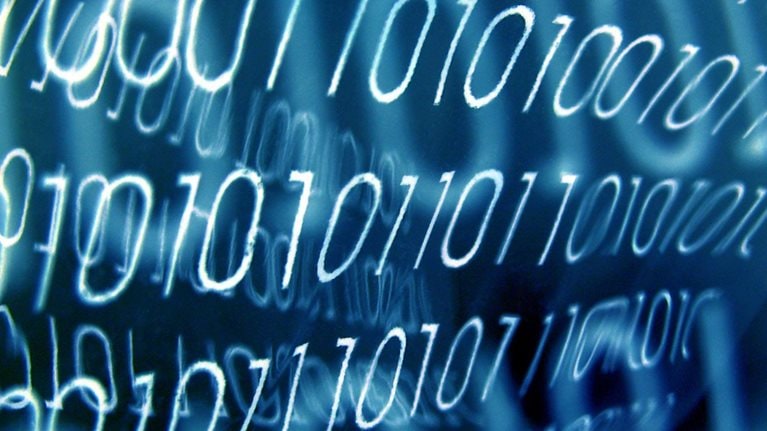The Internet of Things creates tremendous opportunities for business. With objects and machinery that can signal where they are and what they’re doing, companies have whole new ways to improve their operations, create new products and services, and even innovate their business models.
For example, industries like chemicals and semiconductor manufacturing are installing legions of sensors to monitor their production equipment and processes far more closely. These sensors send data to computers, which analyze the feeds and then send signals to actuators that can immediately fine-tune processes, improving the efficiency of these processes and the quality of products, and even managing energy used.
With objects that can signal where they are and what they’re doing, companies have whole new ways to improve their operations. In addition, the Internet of Things can support new business models. Take car-sharing services. These systems are made possible by sensor networks that allow cars to “recognize” the driver who has walked up and unlocked the car, and then constantly track where and how far the car has gone and where the driver parks it for the next user. As the Internet of Things creates more sensitive data (like the readings from remote health monitors) and functions grow more sophisticated (closed-loop systems that allow machines to act on sensor data without human intervention), risks will multiply. Intellectual property theft and network security breaches are just two obvious concerns.
Compounding the risks is the uncertain legal liability frameworks for automated systems. These have not yet been adequately developed. Who is responsible when an automated system damages property or harms a human? And risks to individual privacy and personal freedom could be sizeable. The same video sensor and recognition technologies that can help find a heart attack victim in a crowded stadium could be used by a repressive government to detect where its political enemies are gathering. Companies, individuals and policy makers will need to adapt to the accelerating pace of change in this technology and its accompanying risks.
This article originally ran in The New York Times.


